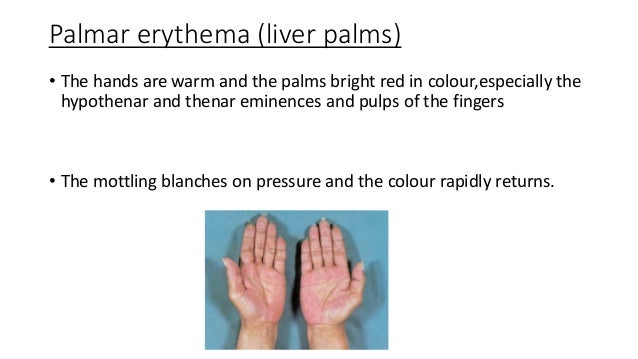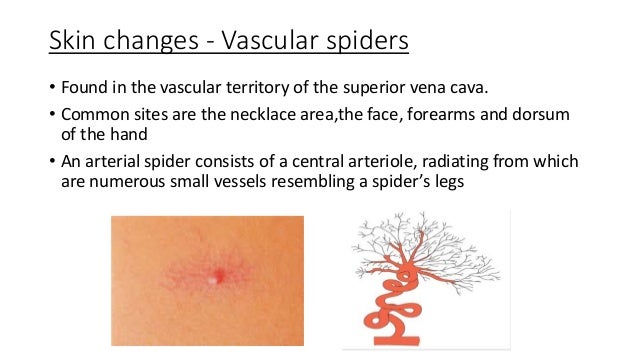If you are interested in learning about the transplant numbers here is the UNOS statistics for 2017 for our region. https://optn.transplant.hrsa.gov/members/regions/region-5/ It looks like about half the patients on the wait list get transplanted a year. IMC transplanted 271 patients in 2017. That is more that one a day excluding weekends. We also learned more about the MELD score and how it ranks you for transplant. The score starts at 15 and the top number is 40. Lee was a 16 at this point. They look at listing at 15 depending on how symptomatic the patient is. Lee was symptomatic at this point with encephalopathy and portal Hypertension. The patients in the mid to high 30's to 40 are very sick and are commonly in the hospital or ICU it is life of death. The patients in the mid to higher 20's are the patients that commonly receive the higher risk or Hepatitis livers. After much discussions with Dr. Fujita and between Lee and myself he decided that if a high risk liver was offered to him he would take it so that he could get better sooner then later. We also learned many more interesting facts about health in general. Dr.Fujita was amazing to spend time with us and talk about general health and liver health. One interesting thing that he did was look at Lee's palms he told up that it is common for patients with liver problems to have a pale white area in the middle of their palms and more pink to red on the outer palm.

We also learned that the little red spidery areas on Lee's chest and back were a sign of liver disease.

(https://www.slideshare.net/karangagneja/liver-failure-31824393) This is an awesome slide show that I found containing the previous two images and a load of information about liver failure.
The next interesting fact that we found out was about heart health, of course transplant patients have to have a good heart. Lee does have an earlobe crease.

When we left the orientation Lee was not yet listed, there was a list of things that needed to be done before he would be evaluated for listing. Here is the list of things to be done and the dates they were done. ( I wanted to get them all done before the end of the year.
1. Labs 22 tube to be specific done December 15th
2. See the podiatrist December 19th
3. Echo cardiogram December 19th
4. 6 minute walk test December 21st
5. Dermatologist December 21st
6. DEXA scan December 28th
7. Liver ultrasound December 29th
8. Cardiac stress test December 29th
Boy oh boy was that a crazy couple of weeks all that plus working my 3-12 hour shifts 3 Physical therapy appointments and Christmas. Now that waiting game begins, after all the test are done and sent off to the doctors they take Lee's entire profile to and interdisciplinary meeting and determine if he is a good candidate for a liver transplant. This is that part that will make me nuts, just sitting and waiting.
No comments:
Post a Comment